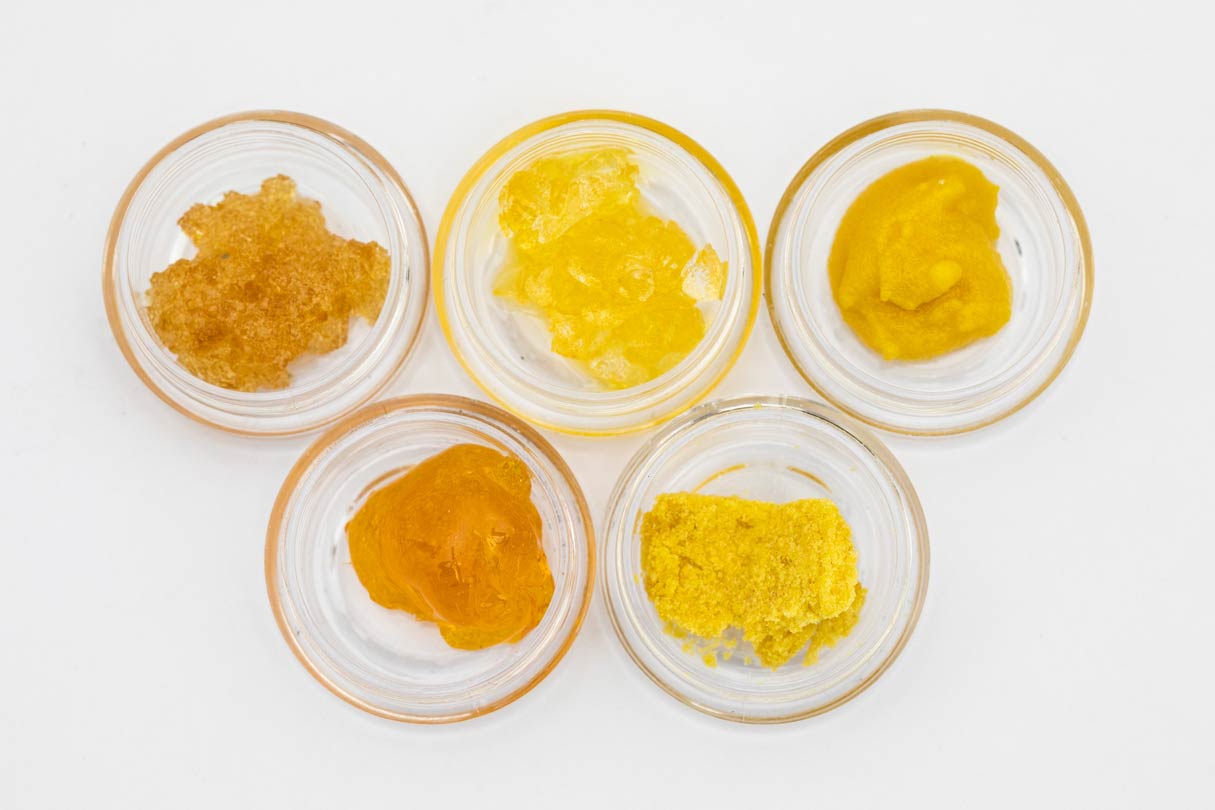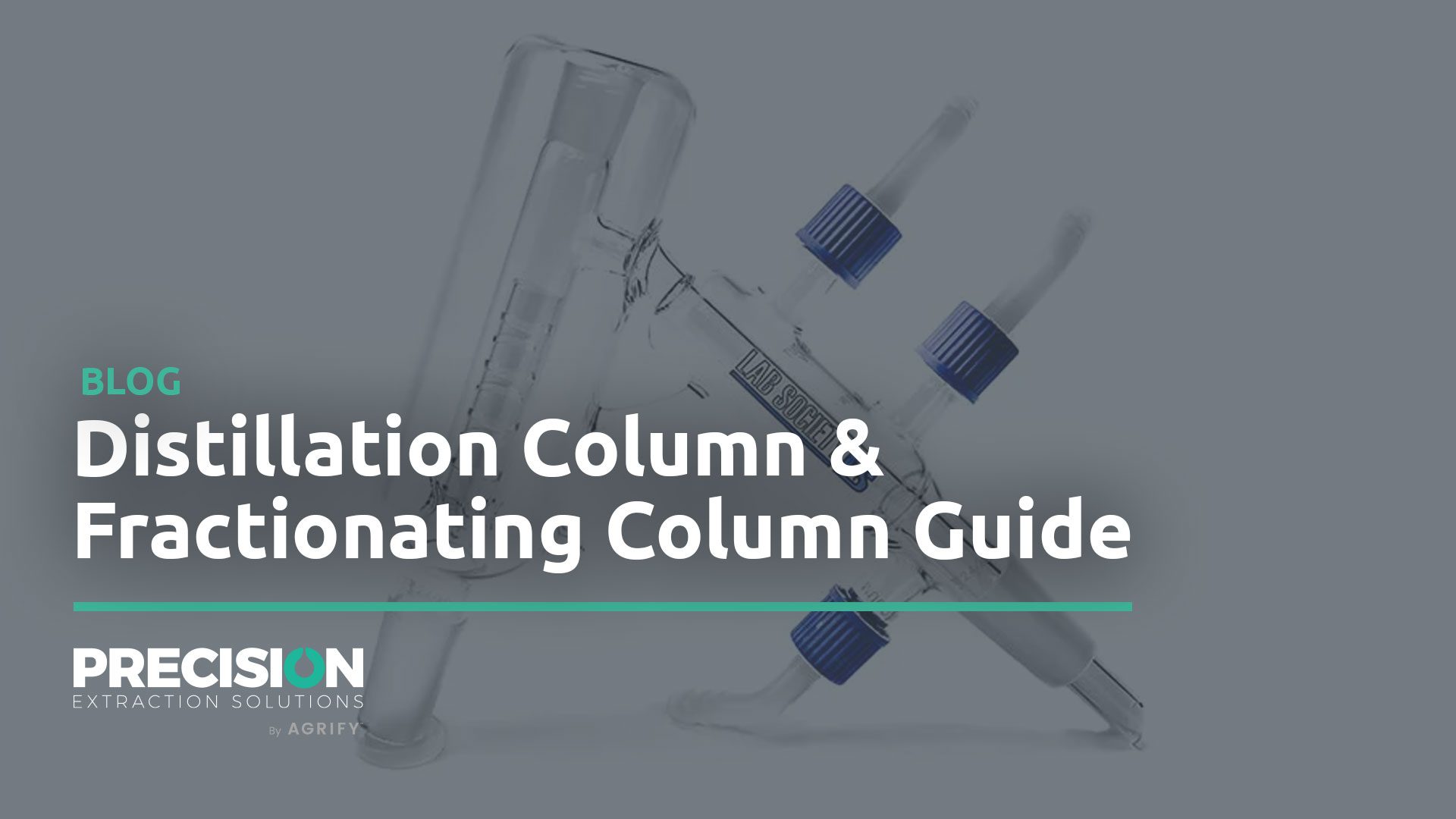
Training customers on how to make live resin is quite possibly our most frequently asked and answered questions amongst new hydrocarbon technicians – and it’s easy to see why. Live Resin products are amongst the fastest growing segments of cannabis products on the market. Beloved for it’s high-terpene content, full cannabinoid profile, and high-THC volume. Live resin enthusiasts have nearly a cult-like following for those processors that can execute it well.
So without further adieu, let’s get started.
Steps on How to Make Live Resin
Step 1: Freeze Your Biomass
Material preparation for making live resin is probably the single biggest differentiator when comparing it to other concentrates made with hydrocarbon solvent. Rather than drying or curing your plant material before extraction, you are going to deep freeze the biomass. Why? Freezing it is going to preserve the essence of the “live” plant and that profile is ultimately going to carry through to your extract. Hence the name “live resin.”
When we refer to the “essence” of the plant, specifically what we are referring to is terpenes. Terpenes contain the smells and aromas of the plant, a must to capture and preserve in order to make an artisanal concentrate. Drying, oxidation and heat will degrade the smells and flavors of the biomass. So when making live resin – frozen is best!
To freeze your biomass:
- Use only your top-quality whole plants, including the flowers and sugar leaves. Exclude the fan leaves, stems and roots.
- Freeze the biomass in a deep freezer at -10F or lower.
- Freeze your biomass for no longer than 24-36 hours.
- Perform your extraction as soon as possible after removing the frozen biomass from the freezer.
Step 2: Extraction
Solvent Blend
To make live resin most processors are going to use a light hydrocarbon blend of butane and propane solvent. It is not uncommon for a blend ratio to be 70% butane and 30% propane. However, we often see processors using a 50/50 blend, as well as a 30% butane and 70% propane blend. (Ativan) The ratio you choose is going to depend on a number of factors, but know that the more propane in the blend – the more terpenes you are going to pull from the biomass.
Chilling Solvent
Just like achieving a super low temperature is important for the biomass preparation, so is chilling your solvent. When making live resin, we recommend chilling solvent to a minimum of -40C. If you can go as low as -70C or -80C even better. At that low temperature you are able to lock out the water soluble components of the plant – and less water in the process is always better in this instance.
Closed Loop Extraction
Using a commercial grade, closed-loop hydrocarbon extractor, your frozen biomass is going to be washed with the chilled solvent once it gets down to temp. The trichomes will then form a homogenous solution with the solvent and transfer to the collection vessel.
Heat will then be applied to the collection tank to evaporate off the solvent from the extract. The heat applied to the collection tank will be at a slightly lower temperature than other hydrocarbon processes you may be running. Why? Because you don’t want to accidentally burn off those terpenes you took so much extra care to capture in the first place. Because of the lower heating temperature, it will take a little bit longer to do solvent recovery when making live resin – but it’s worth it!
A gas compressor and condensing tank will assist in your solvent recovery from the collection tank and return the solvent back into the original solvent tank – hence the name “closed loop.” When a compressor is used for recovery it is known as “active solvent recovery”. It is possible for an extraction system to run “passive” as well.

It is worth noting that an inline dewax column to capture lipids and waxes sometimes found in hydrocarbon extraction will not be necessary here. If the vessels are jacketed to maintain your super low temperature, than the moisture doesn’t have the opportunity to thaw and as a result does not need to be filtered.
Step 3: Post Processing
Skip Winterization for Live Resin
One of the great things about running your extraction so cold for this concentrate is the fact that you can bypass winterization and filtration of your extract. No reaction vessels, additional chillers/heaters, or filter presses needed here!
Residual Solvent Purge
As with pretty much any solvent-based extraction, you will need to purge the residual butane/propane solvent out of your extract before continuing. A vacuum oven is used to accomplish this. A vacuum is pulled on the oven to remove the atmosphere inside, and this enables us to boil off the solvent at a lower temperature effectively purging it out of our live resin without damaging or losing those terpenes.
It must be noted that depending on what kind of end product you are making, you may be doing your solvent purge at a slightly different time, like when making sauce.
Step 4: Making Live Resin Products
This is where things may actually get a little confusing if you have spent any time in a dispensary exploring concentrates. The term “live resin” is often the name of a finished product on the shelf, but in fact “live resin” is really the extract we collected after extraction. Processors perform a variety of different post-processing techniques to the live resin extract in order to make a finished end product, like whipping for example to make badder. What is commonly called “live resin” in the dispensary is in fact more aptly named “sugar”. It visually has a sugary, grainy appearance and is essentially wax with crystals in it.
Products made from live resin can include:
Many of the products are packaged in a small glass jar, and you will need a dabbing tool in order to consume most live resin products. It is also possible to make live resin vape cartridges although less common. Live resin products will command a higher price point in the dispensaries, and the people who consume them are often your more experienced and discerning consumers who can identify and appreciate the ‘fullness’ of a high-terpene, full-spectrum extract (HTFSE).
Training and Equipment for Making Live Resin
At Precision, our extraction technicians are experts in making live resin extracts and products- and offer training. Our training courses are available and performed on Precision equipment, including best-in-class hydrocarbon extraction equipment.
Are you ready to make live resin? Our experts are ready to help!








